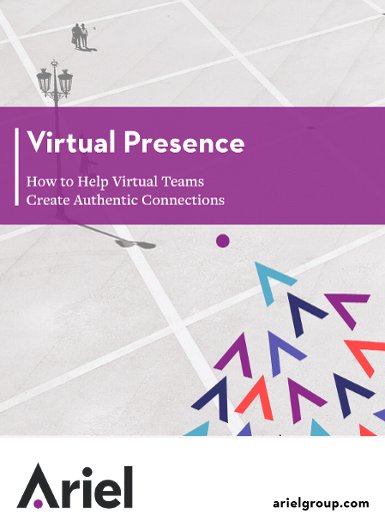Transform Your Team’s Writing with Blended Learning

Have you ever left a meeting thinking: Well, that was a waste of time—no one seems to know why we were there and nothing was accomplished? This usually happens because we schedule meetings in a perfunctory fashion, without thinking about what we really want to achieve.
Don’t make the same mistake when you invest in professional development! Get a bigger ROI from your business writing workshops by 1) setting clear learning goals and 2) using a blended learning approach.
Strengthen your team’s new skills
Blended learning helps ensure the best possible outcome by incorporating multiple learning methods and practices. Your goal for your writing workshops is to create long-term change, improving customer service relationships and building loyalty. How do you get there?
Three things we know for sure
-
Participants are more likely to engage and participate in a workshop if they have carried out some preparatory work.
-
Learners will retain and continue to apply their new writing skills if they are reinforced after the primary learning experience.
-
The most effective learning occurs when there are various methods involved (for example, both group exercises and individual work).
Sounds pretty intuitive, right?
(In general, don’t you find that most of what we need to know we really did learn in kindergarten?) So why don’t more people use blended learning? Because, just as with those badly prepared meetings, they don’t stop to think how they can get the most out of communication workshops, or other professional development, for that matter.
Let’s pause for a second and think about the things you can do to get maximum ROI from your next business writing workshop:
-
Maximize pre-work. It is always a good idea to engage your team before the workshop. Have them assemble writing samples, fill out writing needs assessments, or complete reading assignments. If you are working with senior management, you should go even further: have facilitators interview learners beforehand, so they can customize the workshop to their specific needs. This also builds enormous commitment from the learners.
-
Add coaching. For many participants, this is the most worthwhile element of a workshop. Some people are not comfortable in a group setting, but flourish in a one-on-one situation. A coach can quickly assess your team members’ strengths and weaknesses and give them personalized guidance.
-
Reinforce, reinforce. You’ve invested in a communication workshop, so you want to see learners retain and apply their skills, right? There are many ways you can reinforce what they learned. Here are a few:
-
Add more coaching sessions, one-on-one or in a group.
-
Set up a buddy system for editorial support or use our Document Lifeline service to get comments on mission-critical documents within 24 hours.
-
Participate in webinars to keep up those important skills.
-
In a nutshell, think creatively about your next investment in a business writing workshop. Get your best ROI by incorporating some elements of learning before the workshop and adding some after. This way, you are most likely to get the results you want. Companies that use blended learning to improve writing efficiency can literally transform the way they do business. We see it every day. You can do it too.
